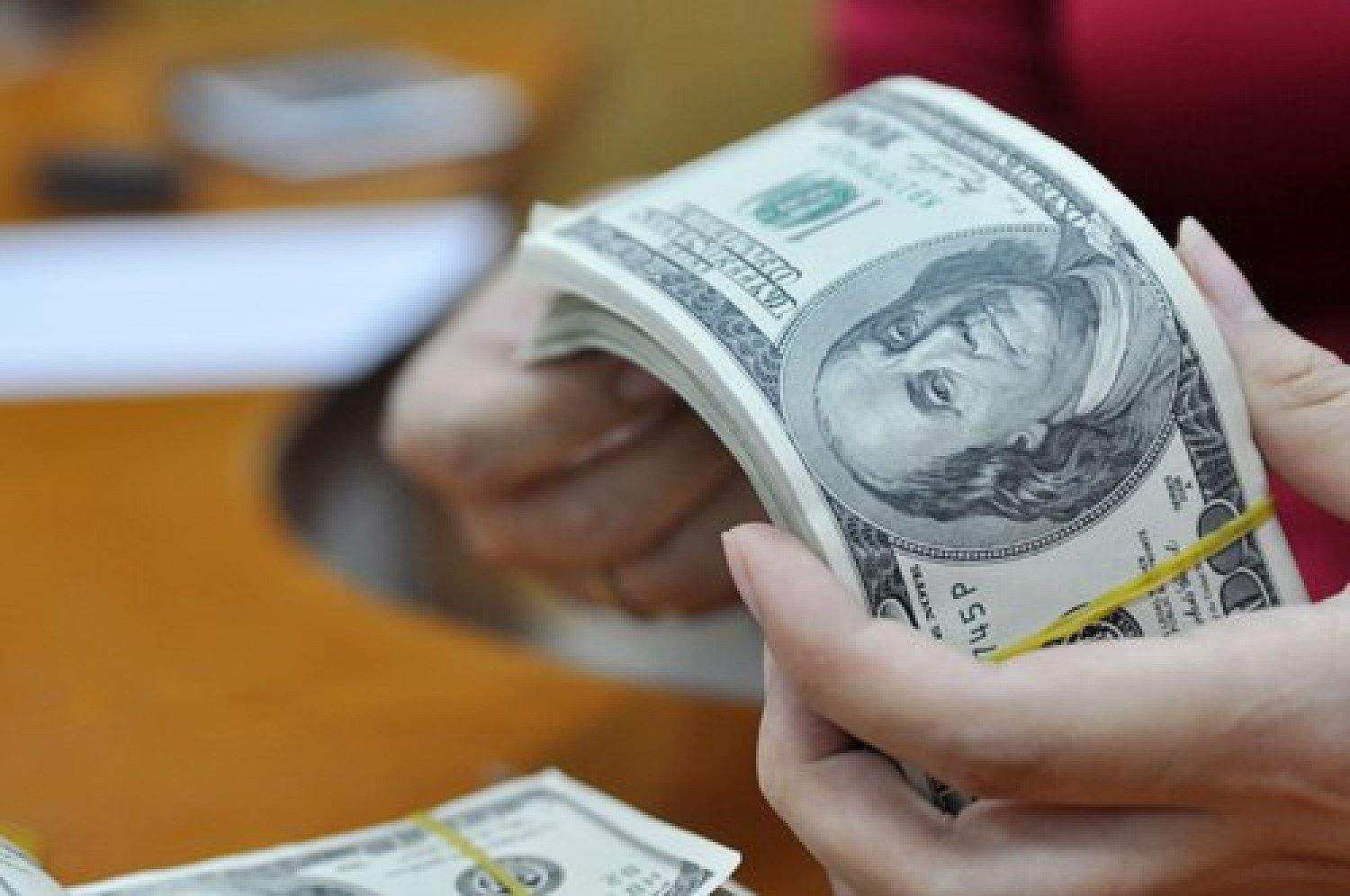Will US dollar pressure sill exit?
Last week, we spoke about whether there is a case to be made for intervention now, or in the future, to weaken the dollar.

The USD index is currently at 101.9 points, down 2.8 percent from its high on May 12, 2022.
>> Will the rising dollar trigger intervention?
It may be not a case now as the US is driving a much-needed tightening of global financial conditions. But there is a danger that this could go too far and fall too heavily on emerging market currencies. One additional argument is the dollar’s role as an invoicing currency in trade; something that could mean a double whammy for many countries, particularly emerging countries, when combined with the surge in commodity prices.
Back in 2010, the US was accused of engineering a currency war by “devaluing” the US dollar. Brazil was the accuser and the accusation came in response to the Fed’s aggressive monetary easing. But now the Fed is tightening aggressively and the ‘war’ if there is one, seems more about generating a strong currency than a weak currency. Other countries “competed” with the US for currency weakness by easing their own monetary policies but now it is a race to the top as others seek to hike rates in order to avoid inflationgenerating currency weakness. Now none of this is particularly new.
Whenever the US dollar has moved around the US has been accused of manipulating the greenback for nefarious and selfish reasons. Such criticisms are not valid, but there’s no doubting the damage that can be done to others if the dollar moves significantly.
What is particularly difficult about the current situation is that the dollar is rising in tandem with a surge in commodity prices. This has not always been the case in the past. In fact, if we look at a broad measure of commodity prices, such as the CRB index, and a broad measure of the dollar we see that there’s little association. What correlation exists seems to be negative, not positive, meaning that the dollar is more likely to be falling when commodity prices are rising.
The positive association between commodity prices and the dollar now is due to the Russia/Ukraine conflict; specifically, the fact that the adverse impact of higher commodity prices, particularly energy, falls much more heavily on Europe than it does on the US, given Europe’s dependency on Russian imports of oil and gas. This clearly creates a double whammy for commodity importers as the price of commodities has gone up and the invoicing currency in most cases – the dollar – has gone up too.
The US might account for just 10% of global trade but the dollar is the invoicing currency in 40% of global trade. Very often the dollar’s dominant global role is drawn out in terms of things like the 60%- plus of reserves denominated in dollars, or the 60%-plus of international lending that takes place in dollars. These things are clearly very important, and can amount to extra burdens when the dollar rises, but it may well be the dollar’s significance as an invoicing currency in trade, particularly commodity trade, that is of most importance now as net importers of commodities see their local currency bills rise sharply.
Looking ahead, these pressures could ease. The world economy is slowing down and that might sap commodity demand, and commodity prices. The dollar could start to reverse its climb and, as a consequence, ease some of the fears that abound right now such as spiralling food prices. But that is unlikely. Instead, it seems as if the strains will remain and probably intensify and if dollar strength just compounds the burden on emerging market countries, in particular, there may be little alternative in the future but to try to use currency policy to ease this burden, via a weaker US dollar.
But who could try to bring this about? G7 seems unlikely as it is clearly focussed on major currencies and even G20 could be hard-pressed to agree such a deal. Instead, hard-pressed countries will probably just have to hope the markets will turn the US dollar around before it does too much damage.








